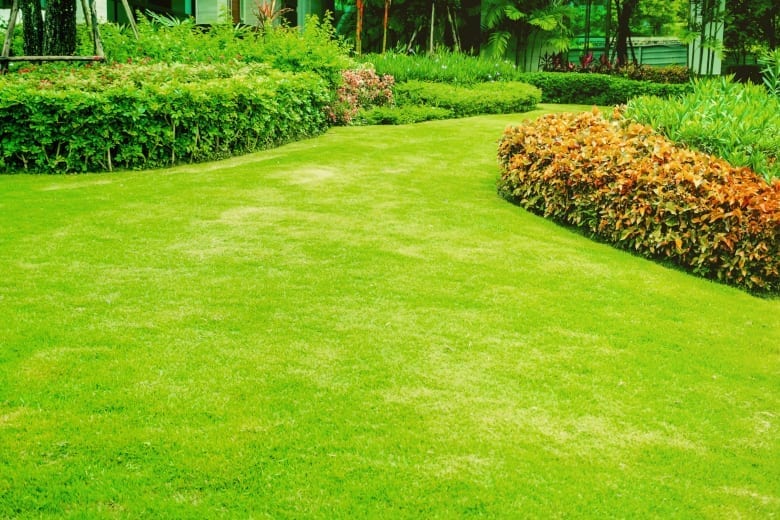Albuquerque Lawn Tips – To Sod or Seed, that is the Question

Deciding between sodding and seeding your Albuquerque lawn can be a difficult choice. Sod provides the quickest solution, as it brings mature grass to your soil right away. Seeding takes longer to create a lush landscape, but which way should you go?
Let’s break down both options and their pros and cons so that you can make an informed decision.
Seeds: A Slow and Steady Start
Seeding is the more economical option, offering a wider variety of grasses. The downside is that it can take time for your lawn to reach its mature state, as well as being confined to certain times of year depending on the grass type.
Sod: A Quick Green Carpet
Sodding is a much faster approach as you are just transplanting mature grass, while seeding takes more time for your grass to grow and develop. Although sodding costs more upfront than seeding, it offers an instant result that can be done any time of year whereas with seed there’s only certain times where you can lay them depending on the type of grass.
To ensure success regardless which route you take – sod or seed – make sure to till soil down 6-8 inches deep before proceeding. This will create an optimal environment for new growth and will help in establishing healthy turf over time no matter what kind of variety you choose in terms of grass species!
Laying lawn seed
If you want to lay down some lawn seed, the first step is choosing the right type for your region. Depending on where you live, cool-season or warm-season grasses may be best—or if it’s a transition zone, you have more options available. Once that’s done and you’ve selected specific grasses based on attributes like heat resistance or drought tolerance, it’s time to get started.
Spread about an inch of topsoil over the area and then use two different types of spreaders: a broadcast spreader for most of your work (it ensures even coverage) and a drop spreader around garden beds so no seeds end up in those areas. And voila! You’re ready to go with seeded lawns that are sure to thrive in their environment thanks to all your hard work ahead of time.
When it comes to seeding your lawn, the key is in getting the right amount. A rule of thumb for this is 15 seeds per square inch and then raking over them. To ensure an even coverage, you should spread the seed in one direction first with half of the recommended drop rate; following that up by spreading more seed in different directions afterward. It’s important not to create any weird patterns or stripes as these will be difficult to fix later on down the line.
Once your seeds are laid out properly, they’ll need a bit of extra love too – top dressing no thicker than ¼ inch thick should do just fine! You’ll also want a starter fertilizer high in phosphorus but check local regulations before use: many states prohibit its use due to water pollution concerns so only buy those labelled “new lawn” or “starter fertilizer”. With all that taken care of, you can sit back and watch your beautiful new lawn grow!
